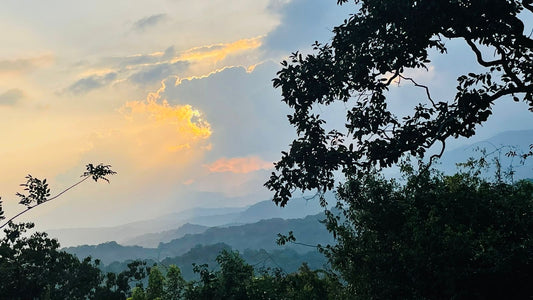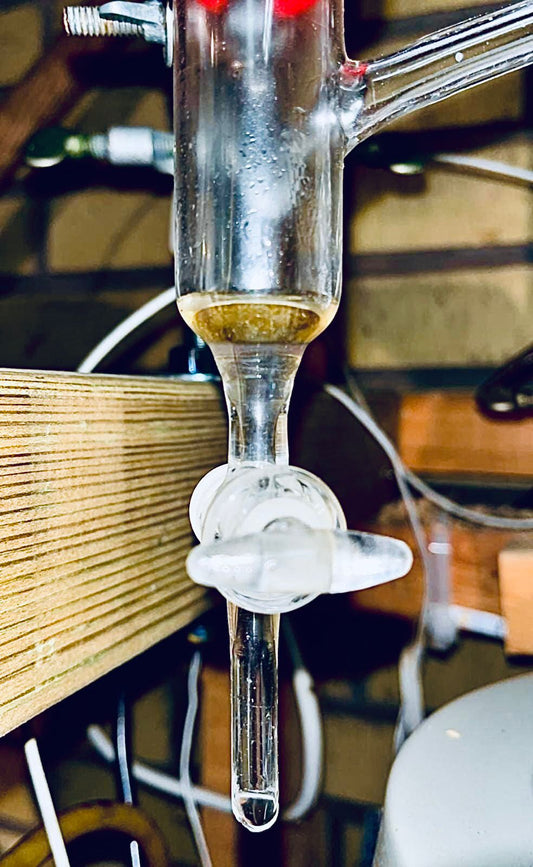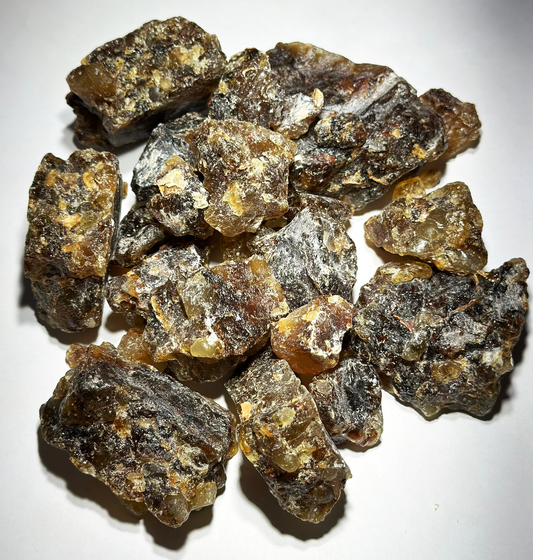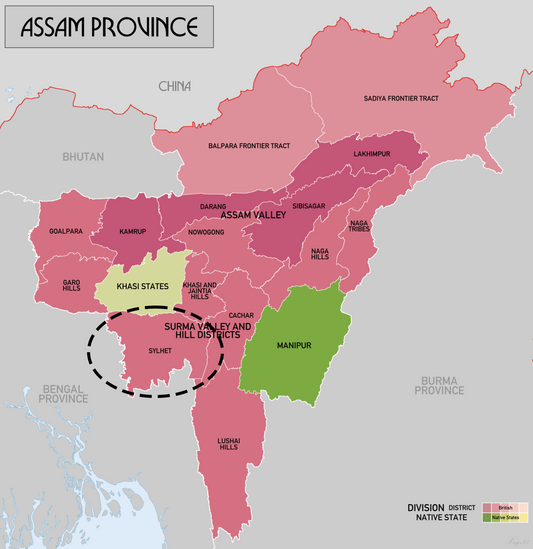Intro:
The purpose of this study is to re-iterate on the findings of previously conducted studies, by employing the same methods and techniques involved, and comparing results. The desired result is to develop an evolutionary tree for the Aquilaria and Gyrinops tribes, in an attempt to understand the relationships between each species, what those relationships mean, and what we can conclude from them.
The Method:
The method of analysis I’ve employed was based off a study focusing on the phylogenetic relationships of Aquilaria and Gyrinops species. I have referenced it at the end of this study if you wish to view it.
To start, DNA sequences were retrieved from GenBank for the species included in this study. cpDNA (chloroplast) and nDNA (nuclear ribosomal) were retrieved for all the species, with the exception of A. Filaria, A. Khasiana, and G. Ledermannii, as there was not enough data online.
The following DNA was used for each species:
cpDNA:
- Coding:
- rbcL
- matK
- trnL
- Non-Coding (intergenic spacers)
- trnL-trnF
- psbC-trnS
nrDNA:
- Internal Transcribed Spacer 1
- Internal Transcribed Spacer 2
After retrieving the sequences for each species, cpDNA was combined and aligned using MUSCLE, and the Internal Transcribed Spacers aligned using BLAST.
After the results of sequence alignment, I began drawing out a phylogenic tree showing the evolutionary relationships between different Aquilaria and Gyrinops species. After a basic tree was drawn, species were cladded into groups based on the DNA analysis, as well as the geographic location of each species.
As for A. Khasiana, A. Filaria, and G. Ledermannii, I have used the resources found available (such as trnL/trnL-trnF sequence) in an attempt to place them on the Phylogenic tree. While I am comfortable on the positioning of A. Filaria and G. Ledermannii on the tree (as the results correlate with their geography and phenotypes), I am not entirely confident regarding A. Khasiana. The trnL and trnL-trnF sequences did not align well with any of the other cladded species. One can assume that A. Khasiana might have some ties to A. Agallocha, in the sense that they share the same habitat, but cannot be entirely sure without further analysis.
If you would like to perform this small project on your own and double cross-check some data, I have included the accession keys below:
| Accession | |||||
| Species | rbcL | matK | trnL/trnL-trnF | psbC-trnS | ITS |
| A. Agallocha | MF443405.1 | MF443398.1 | MF443428.1 | MF443432.1 | MH134137.1 |
| A. Beccariana | KX424690.1 | KX424697.1 | AY216740.1 | MF443433.1 | KT779116.1 |
| A. Crassna | KX424691.1 | KX424698.1 | AY216743.1 | MF443434.1 | MH134139.1 |
| A. Cumingiana | MF443407.1 | MF443400.1 | KT726320.1 | MF443435.1 | MH134140.1 |
| A. Filaria | – | – | AY216766.1 | – | – |
| A. Hirta | KX424688.1 | KX424695.1 | KU244034.1 | MF443436.1 | MH134141.1 |
| A. Khasiana | – | – | AY216744.1 | – | – |
| A. Malaccensis | KX424687.1 | KX424694.1 | AY216746.1 | MF443437.1 | MH134142.1 |
| A. Microcarpa | KU244224.1 | KX424696.1 | KT726322.1 | MF443438.1 | MH134143.1 |
| A. Rostrata | MF443408.1 | MF443401.1 | KT364475.1 | MF443439.1 | MH134144.1 |
| A. Rugosa | MF443409.1 | MF443402.1 | MF443430.1 | MF443440.1 | AY920330.1 |
| A. Sinensis | GQ436620.1 | KX424700.1 | EU652680.1 | MF443441.1 | MH134146.1 |
| A. Subintegra | KX424692.1 | KX424699.1 | KY927222.1 | MF443442.1 | MH134147.1 |
| A. Yunnanensis | KY927296.1 | KY927340.1 | KY927252.1 | MF443443.1 | MH134148.1 |
| G. Ledermannii | – | – | AY216755.1 | – | KT779120.1 |
| G. Versteegii | KU244236.1 | KU244210.1 | KT726327.1 | MF443445.1 | MH134150.1 |
| G. Walla | AM398173 | MF443404.1 | MF443431.1 | MF443446.1 | MH134151.1 |
References
Farah, A. H., Lee S. Y., Gao Z., Yao T. L., Madon M., Mohamed R. (2018). Genome Size, Molecular Phylogeny, and Evolutionary History of the Tribe Aquilarieae (Thymelaeaceae), the Natural Source of Agarwood.







